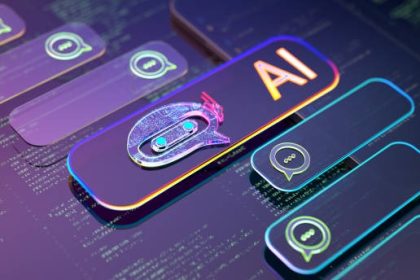In the rapidly evolving landscape of art and technology, artificial intelligence (AI) has emerged as a transformative force, redefining the boundaries of creativity and innovation. The integration of AI into artistic processes is not merely an augmentation but a reimagining of how art can be conceptualized, created, and experienced. This intersection between AI and art is crafting new digital realities that challenge traditional notions of authorship, originality, and expression.
At its core, AI’s role in artistic innovation lies in its ability to analyze vast amounts of data and generate outputs that mimic human creativity. Machine learning algorithms can study styles from countless artworks across history or learn from contemporary trends to produce pieces that are both novel and reminiscent of established forms. This capability allows artists to explore uncharted territories by collaborating with machines as creative partners rather than mere tools.
One significant contribution of Image generation AI in art is its potential for democratization. By lowering barriers to entry, AI enables individuals without formal training to engage with artistic creation. Tools powered by machine learning can assist novices in producing visually compelling works or guide them through complex design processes. As a result, more people have access to expressing their ideas artistically, fostering a diverse range of voices within the creative community.
Moreover, AI-driven innovations are expanding the possibilities for interactive art experiences. Through technologies like virtual reality (VR) and augmented reality (AR), audiences can immerse themselves in environments where they interact with dynamic elements responsive to their presence or actions. These immersive experiences redefine spectatorship by transforming passive viewers into active participants within digital narratives crafted through algorithmic artistry.
However, this burgeoning field also raises questions about authenticity and ownership. When an algorithm generates artwork based on pre-existing patterns or datasets curated by humans, who should be credited as the creator? This debate challenges legal frameworks surrounding intellectual property rights while prompting philosophical inquiries into what it means for something to be considered “art.
Despite these complexities, many artists embrace AI’s potential as an extension rather than a replacement for human ingenuity. They view it as another medium—like paint or clay—that offers unique properties yet requires skillful manipulation guided by visionaries who understand both technological intricacies and aesthetic principles.
In conclusion, crafting digital realities through AI represents one frontier among many where humanity continues pushing creative limits using advanced technologies intertwined with age-old practices rooted deeply within our cultural heritage: storytelling via visual mediums transcending language barriers worldwide! As we navigate this exciting era filled with endless possibilities arising daily due largely thanks again largely due ever-evolving capabilities brought forth primarily driven forward tirelessly pioneering minds working diligently behind scenes ensuring future generations inherit richer legacies left behind today’s trailblazers paving way tomorrow’s innovators alike!




